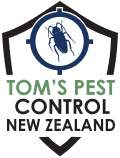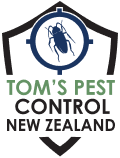White-footed house ants thrive in dead wood and can also be found in piles of lumber, firewood, bricks, stones, and trash. They tend to get attracted towards areas with abundant vegetation or trees. Indoors, they prefer nesting in wall voids, attics, around skylights, atriums, and plant pots.
White-footed ants can occupy multiple locations and easily exchange workers and food as needed. They are found in urban and rural environments and can quickly spread to other areas through shipping containers. Be aware of their potential to infest various sites and take caution when transporting goods.

